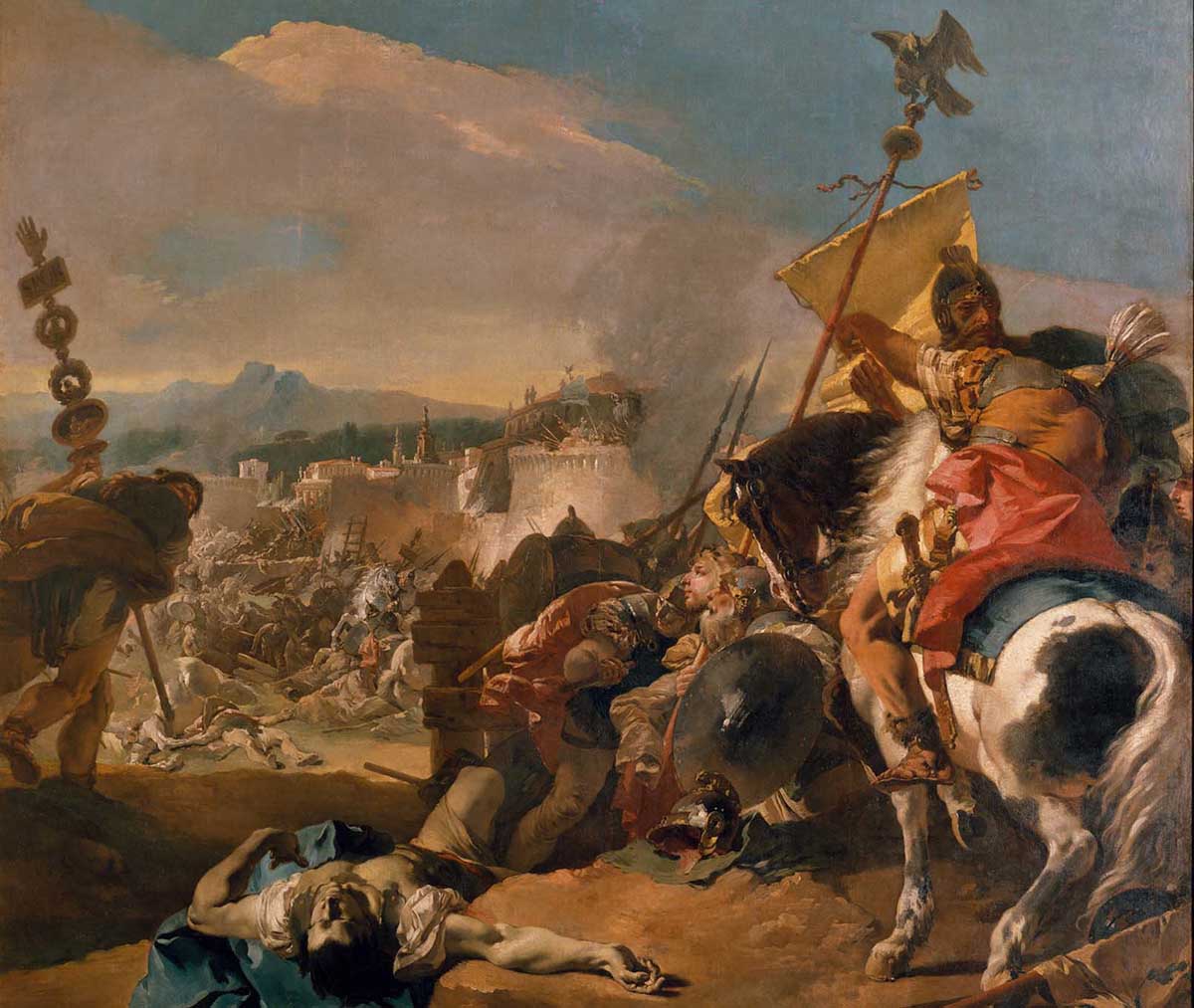Carthage: The God in the Stone
'Carthage must be destroyed' - words from Cato the Elder to seal the Punic city's fate in its epic struggle with Ancient Rome. But what was its religion and society like? Michael Brett draws on archaeology to offer a rare insight into the city of Hannibal.

Qart Hadasht, 'the New City' of Carthage, was built by Phoenician colonists from Tyre on the ridge rising along the coast from La Goulette, the seaport of Tunis, up to the top of Sidi Bou Said around 800 BC. Destroyed by the Romans in 146 BC, the city was rebuilt as the capital of Roman North Africa, and finally abandoned after its capture by the Arabs in AD 698.
Today the site is a garden suburb, served by a little train across the lagoon from Tunis, which runs along the shore before climbing over the ridge to the resort of La Marsa. Meanwhile the cathedral of St Louis, that symbol of French supremacy on the central hill of the old city, has been transformed into a museum at the centre of a growing web of excavation. The pattern of the past is super- imposed onto the lifestyle of the present.





